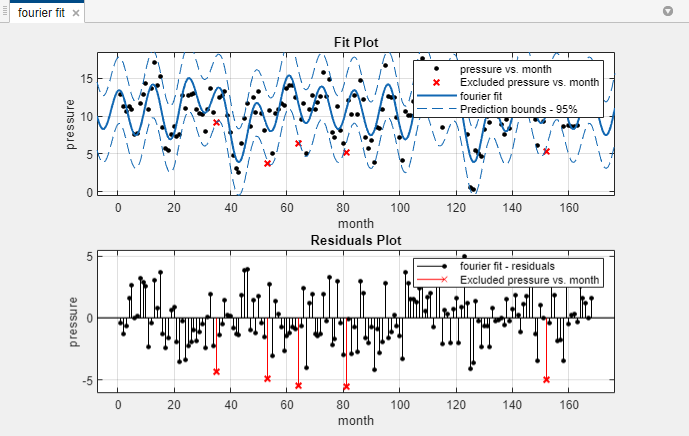
Let us understand the function with an example: Example #1įirst, we will define ‘A’ as a vector containing values between 2pi (π) and 3π. The function ‘legend’ will create labels like ‘data1’, ‘data2’, and so on. , L N), where L1, L2 and so on represents the respective labels.Įxplanation: This function will create a legend for each data series used in the plot, with descriptive labels. Here the values will be plotted using a logarithmic scale for x and a logarithmic scale for y.Hadoop, Data Science, Statistics & others When the loglog command is implemented both axes will switch to a logarithmic scale. Here the values will be plotted using a linear scale for x and a logarithmic scale for y.Ī plot using a linear scale for y and a logarithmic scale for x

When the semilog command is implemented, depending on which axis is specified, one axis will remain on a linear scale while the other axis will switch to a logarithmic scale. > hist(variable, 3) The addition of the number after the variable in the command tells MATLAB how many bins there are to be in the histogram. Ten is the default number of bins and will always be used unless otherwise indicated.


> hist(variable) This command creates a histogram with ten bins (cells). If > plot (x,y) had been used instead, Matlab would have plotted y vs. This does an x-y scatter plot with an 'o' marking each point. x on one graph > plot (x,y,'*',x,z,':') Plots y vs. > title ('whatever you want') Titles the graph (put anything you want inside of apostrophes) > xlabel ('the x-axis label') Labels the x-axis > ylabel ('the y-axis label') Labels the y-axis > grid Superimposes grid onto a graph > axis () Sets axis ranges > x= creates data set x = 1,5,8,3,10,7,3 > y = creates data set 'y' > plot (x,y,x,z) Plot y vs.

Here is a list of some of the commands you will need for plotting graphs in Mathlab.


 0 kommentar(er)
0 kommentar(er)
